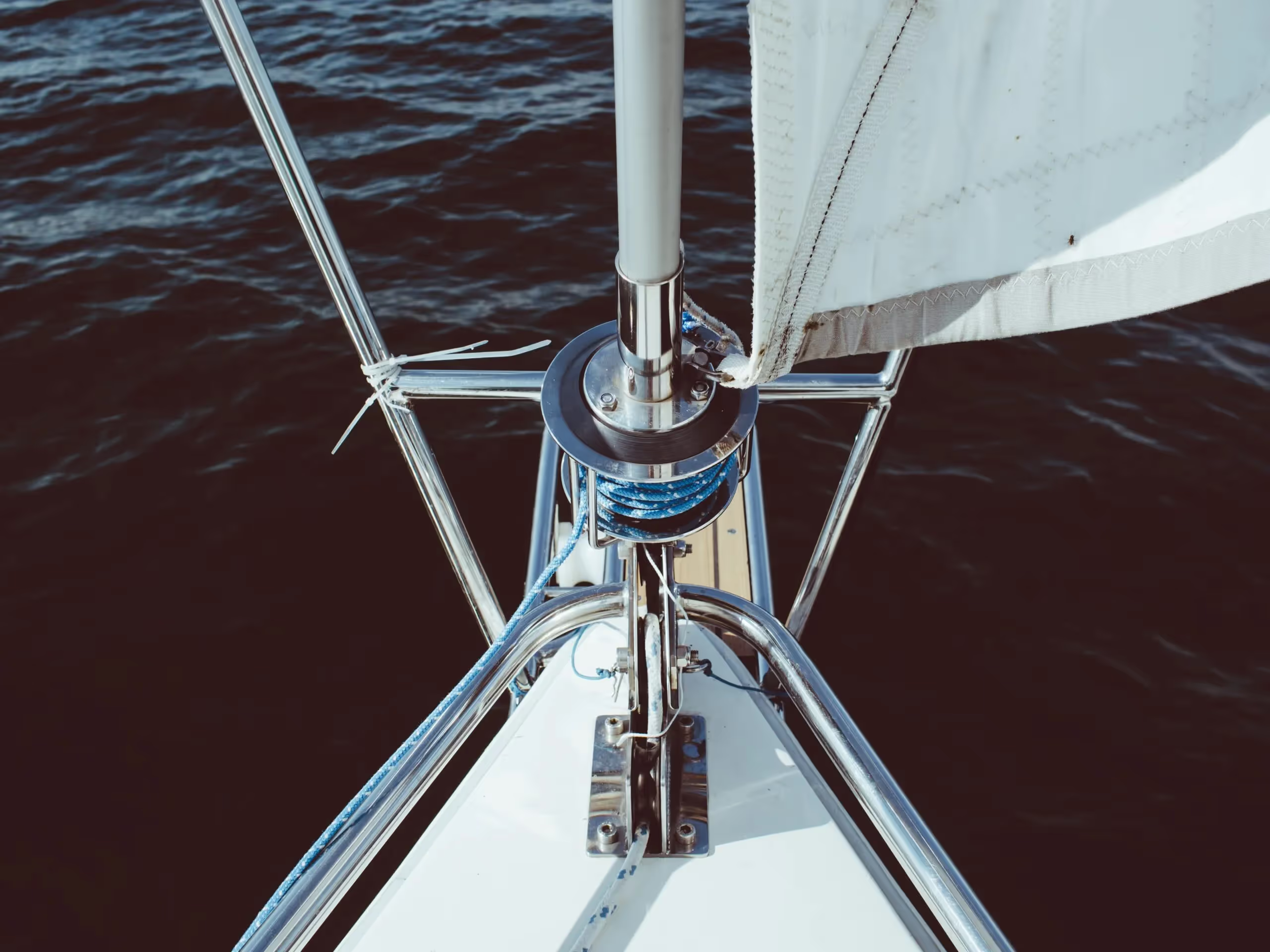Different insurers approach the replacement of rigging in different ways. Here we are going to explain the two different concepts and consider the benefits of each.
My boat insurance policy stipulates a fixed period replacement
This means, typically the insurance will contain a clause or endorsement wording similar to the following:
It is a condition of this insurance that the rigging is replaced every X years.
X would be a number typically between 5 and 10 years. Alternatively, the policy could contain an exclusion to the rig cover along the lines of:
Absolutely no cover for claims caused directly or indirectly from the failure of the rigging if the rigging is over X years old.
Again X would be a number typically between 5 and 10 years. The benefit of this approach as a boat insurance customer is complete clarity. The insurer specifies when and how often the rigging should be replaced and as a yacht owner, your insurance schedule tells you the exact time frame that you need to comply with to have cover.
The downside to this is that so many variables can come into play that might make it unfeasible to replace your rigging at a specified time – including the quality of rigging, your maintenance schedule, and use of the vessel – including stress and frequency of use.
My boat insurance policy doesn’t mention the rigging
This is actually the more common approach from insurers and is used partially because there are so many variables at play; this is a more flexible option. That doesn’t mean that you can just leave your rigging forever though and not check it, expecting insurers to pick up the bill when it fails.
These policies instead will typically have exclusions that relate to failure due to wear and tear – sometimes referred to as Gradual Deterioration. This therefore allows you some flexibility on the replacement of rigging, but the onus is on you as the owner to make sure it’s checked and doesn’t deteriorate to the point where it’s going to fail. Remember the onus isn’t on you to do the checking, but instead to arrange for suitable inspections – there are plenty of professional rigging companies that will carry out a rig inspection on your behalf. Always retain copies of any invoices, as these may well be useful if you do suffer a rig failure.
These are the two main approaches insurers will take, so look out for details of rigging coverage at your next renewal or ask your insurer now. Here’s some more information that might be helpful:
Know your rigging needs replacing?
We’re all aware that costs for pretty much everything are on the rise, but do not ignore it. When a rig fails, insurers will often employ a specialist to determine the cause of the failure – you don’t want to be in a situation where you’re not covered for the failure of the rig and any subsequent damage caused.
Off on a long sailing trip?
Extended sailing trips, oceanic passages or extended blue water sailing are all likely to put more stress on a rig than the occasional day sail. In these cases, insurers are likely to explicitly ask you when the rigging was last inspected and replaced, and if it was not recent, they may ask that this is re-checked again.
Final thoughts?
Rig failures are some of the most horrific claims that we see on boat insurance policies, even for the most experienced owner. Failures are catastrophic and will put both the vessel and crew in immediate danger. If you’re in any doubt at all get a professional to inspect the rig and advise you. Speak to your insurer if you would like to know more about their position on this and what your options are.



